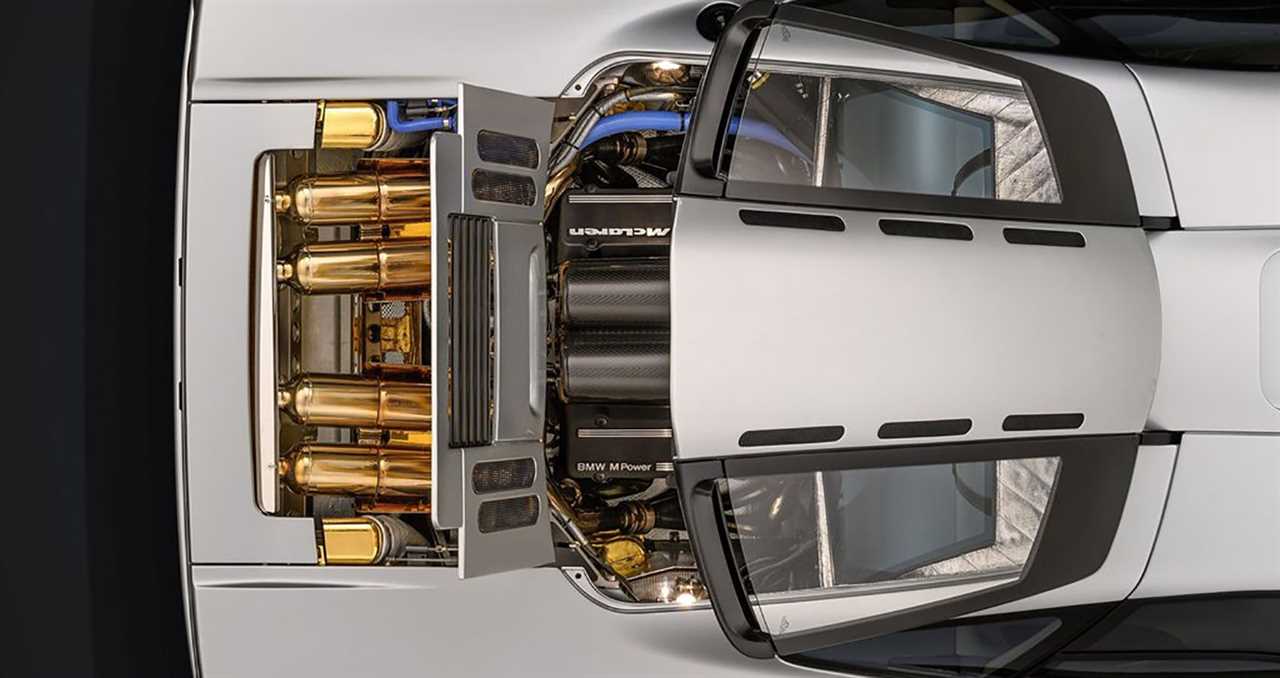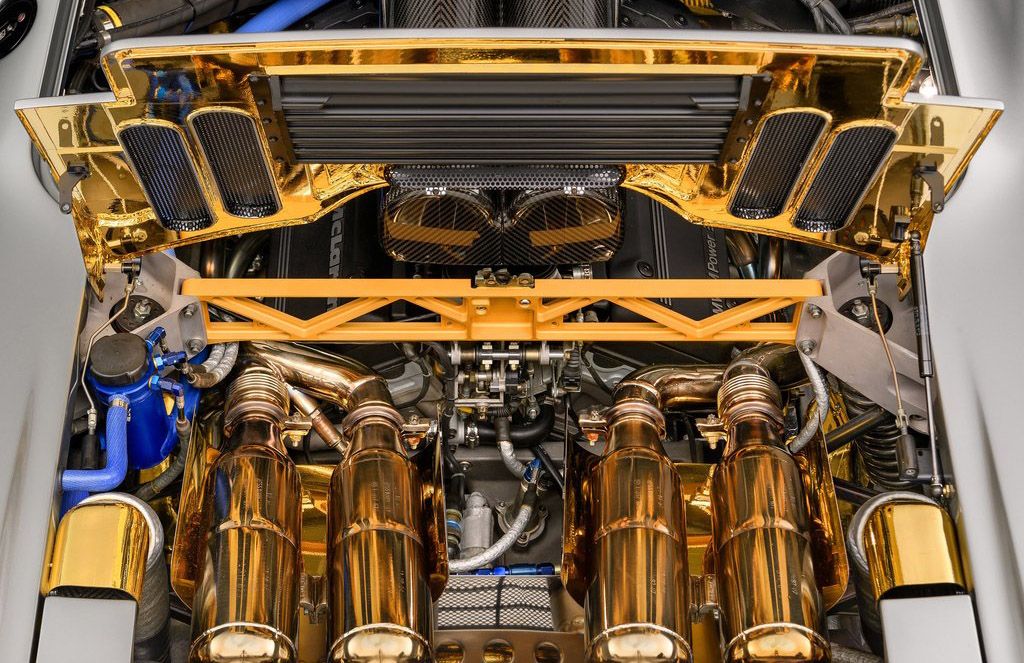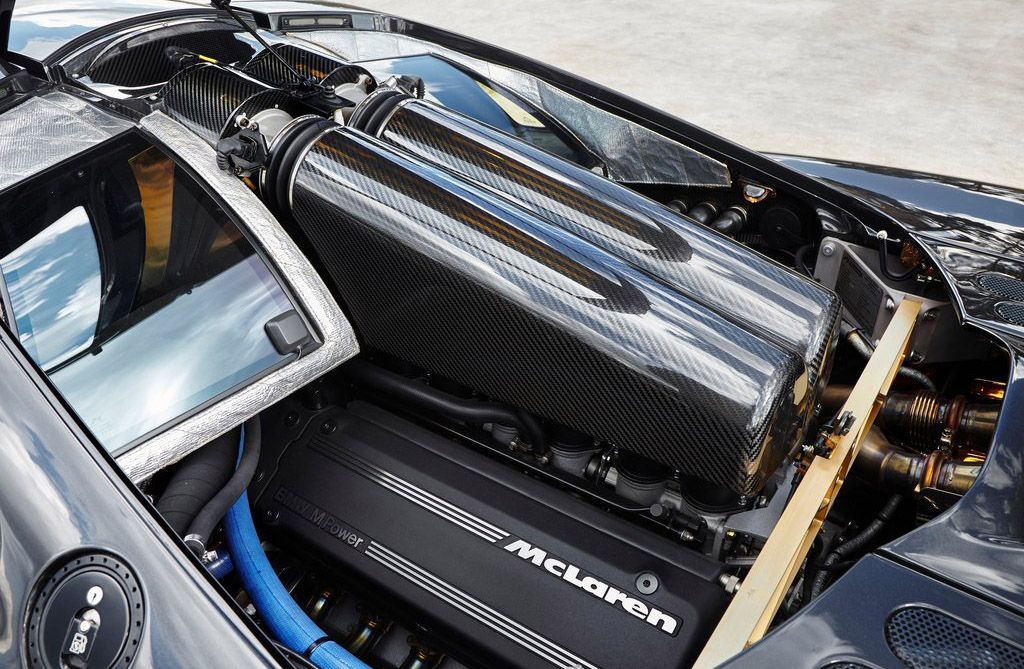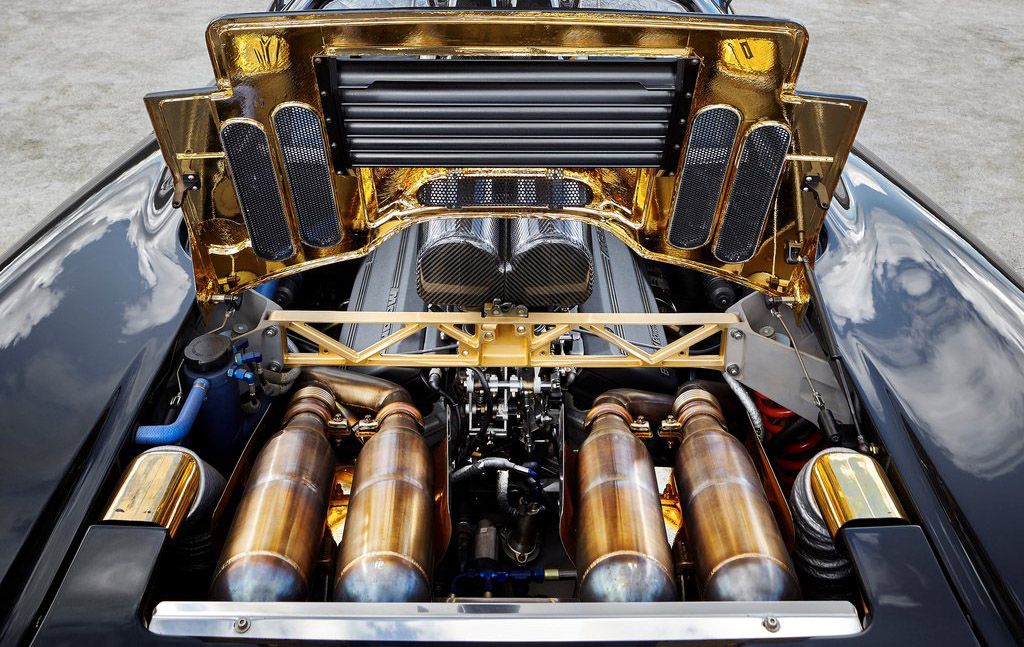
McLaren is a brand associated with style, speed, and sports car supremacy. Its top product, the McLaren F1 is regarded as one of the fastest and most powerful naturally-aspirated road cars ever produced, ranking alongside the Ferrari Enzo and Aston Martin One-77, both of which came into the picture over a decade later. The McLaren F1 was also the first production vehicle to feature a monocoque carbon fiber-reinforced polymer (CFRP) chassis, which gave it some extra lightweight benefits, allowing it to become a Le Mans’ winner.
But all the McLaren F1’s accolades didn’t come easy. One major obstacle was the engine. During the F1’s development, project leader Gordon Murray approached BMW’s master engine builder Paul Rosche about developing an engine for his F1. After Honda turned Murray down, Rosche was the only one who agreed to take on the challenge. Murray’s engine requirements were very specific. For starters, the proposed engine had to be a V12. But, instead of squeezing in turbos, Murray wanted it to be naturally aspirated. It also had to produce more than 100 horsepower per liter. And most importantly, the engine had to be very dependable, able to withstand repeated beatdowns for a long time without requiring major service. Because the McLaren F1 concept combines ultra-modern technology with the noblest Grand Touring car values, the engine also had to meet global emissions and green requirements.
The resultant engine not only put a smile on Murray’s face by meeting his specifications but also became one of the most illustrious road-car engines ever made. It was a 6.1-liter V12 with around 620 horsepower. Thirty years later, it continues to make headlines for its capabilities. Over the recent years, the McLaren F1’s value has skyrocketed, and its magnificent engine is a big reason why.
Here’s everything you should know about McLaren’s fire-breathing V12 engine.
The McLaren F1’s V12 Engine Wasn’t BMW’s First V12 Engine

As cool as the V12 became the embodiment of the McLaren F1, it wasn’t the first V12 from BMW. The first BMW V12 was the M70, which had a single overhead camshaft valvetrain, an aluminum block, and a 5.0-liter displacement, making 295 horsepower and 332 pound-feet of torque.
After a successful 7-year run, M73 took the M70’s spot, producing 322 horsepower and 361 pound-feet of torque. The third-generation BMW V12, tagged the N73, has 6 liters of displacement and a GDI fuel delivery system. Equipped in the Rolls-Royce Phantom VII, the N73 pumps out 453 horsepower and 531 pound-feet of torque.
The F1’s engine was the S70/2, a 6.1-liter V12 powerplant that produces up to 618 horsepower and 479 pound-feet of torque. This engine made McLaren F1 a special breed, especially in the ’90s. Recall that this was an era when Mitsubishi’s hardcore 4G63 turbocharged 2.0-cylinder engine produced 252 horsepower. So, 618 horsepower was pretty new in the sports car universe, to say the least.
The McLaren F1’s V12 Engine Has A High-Quality Build And Unique Design

The McLaren F1’s engine shares nothing with BMW’s unrelated production-line V12 powertrains. The BMW Motorsport S70/2 V12 is a wholly unique four-cam, 48-valve unit with an extremely compact and one-of-a-kind design. Each unit was hand-assembled and dyno-tested to ensure the highest specific output delivery for a large-capacity naturally aspirated engine.
The engine boasts exceptionally efficient heads, variable inlet valve timing, and an emission control system that features supplementary air supply and four catalytic converters with Lambda exhaust gas analysis control.
With its chain-driven DOHC valve gear and TAG Electronic Systems fuel injection, 10.5:1 compression ratio, and engine management, power output easily climbs to 620 horsepower at 7500 RPM, paired with peak torque in excess of 400 pound-feet, achievable between 4000 and 7000 RPM. This engine is only slightly larger than the 3.5-liter Formula 1 racing engine.
The McLaren F1’s V12 Engine Has A Lightweight And Impressive Engineering

Weighing at around 396.83 pounds, McLaren F1’s engine is incredibly light. Thanks to Rosche’s advanced engineering, this weight- and size-reduction technology has yielded significant packaging benefits. The sump, oil pump, and variable valve-timing housings, cam-carriers, and cam-covers comprise lightweight magnesium alloy castings.
The airbox is carbon composite, and the massive exhaust catalyser system comes housed in a super-thin, ultra-high-temperature resistant Inconel sheet that is just around 0.8 mm thick, which also serves as the F1’s rear crash structure. The load-bearing lightweight cylinder block consists of aluminum alloy, coated with Nakasil. Aside from the engine’s lightweight properties, the McLaren F1 was also the first production car to adopt current Formula 1 practices with a 200 mm aluminum flywheel and carbon clutch, which improve engine response and efficiency while simultaneously reducing weight.
Dry-sump lubrication not only maintains enough flow under high cornering loads but also lowers the Center of Gravity height, giving the McLaren F1 some extra handling benefits too. Individual water pumps for each cylinder bank help keep the high-powered engine cooled.






